Hotline: +381 61 63 84 071
The Best Way to Protect Children? Support Education
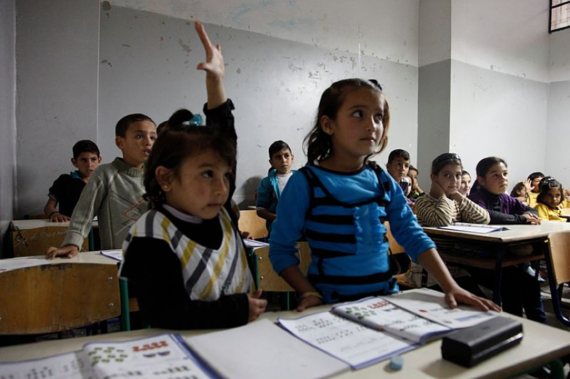
Months after the most devastating natural disaster in Philippine history, Typhoon Haiyan, authorities discovered 5 young girls between the ages of 10 and 15 onboard a bus leaving the destitute Tacloban City and heading for Manila. Four adults purporting to work for an organisation serving victims of the disaster accompanied the girls. The girls and their parents were coaxed by the promise of free high school and college educations, with access to jobs abroad upon graduation. The parents of each girl signed a letter of consent allowing their child to be transported by these strangers. As the letters have no legal standing, the suspected traffickers were apprehended and the girls were transferred to a shelter.
Yassan, a 14 year-old Syrian refugee displaced to a city in the north of Jordan, works 12 hours a day, 7 days a week, earning less than $1 per hour. As a result of torture during the conflict, his father is paralysed from the waist down. Yassan's mother works as a maid to contribute to the family unit but has a life-threatening blood condition and can only work a few hours daily. With a lack of resources and no access to other economic or educational opportunities, Yassan has no choice but to work to help his family survive.
Children are amongst the most vulnerable populations in times of crisis and emergency. Families in crisis often resort to the unthinkable when desperate for survival and protection. At times, negative coping mechanisms like forced child marriage and child labour are seen as the only available solutions to an interminable problem.
Education is a critical element of any effort to eliminate child slavery and exploitation because it offers children the foundation, knowledge and skills needed to create futures full of opportunity - not vulnerability.
We know that education helps protect children from exploitative labour, girls from forced marriage, and can prevent the recruitment of child soldiers. And together with our partner A World at School, the Walk Free Movement has made great progress at showing the world the direct links between child slavery and a lack of educational opportunities - that education is imperative to prevent the exploitation of children living in crisis situations.
But there is more to be done. In 2014, only 1% of all humanitarian aid was directed to education though more than half of all out-of-school children live in conflict-affected countries.
If education had been available for the 5 young Filipinas after Typhoon Haiyan destroyed their schools, their parents may have not fallen for the false promise of free schooling. If Yassan were able to go to school, he would not have to work under exploitative conditions. That's why creating a humanitarian fund for financing education is essential in making sure that children have the tools necessary to protect themselves and rebuild their communities.
You have the power to help protect millions of vulnerable children around the world by calling on world leaders to create a global fund for education in emergencies. Will you take a moment to bring light to this terrible tragedy?
This story you can read on following link http://www.huffingtonpost.com/up-for-school-/the-best-way-to-protect-c_b...

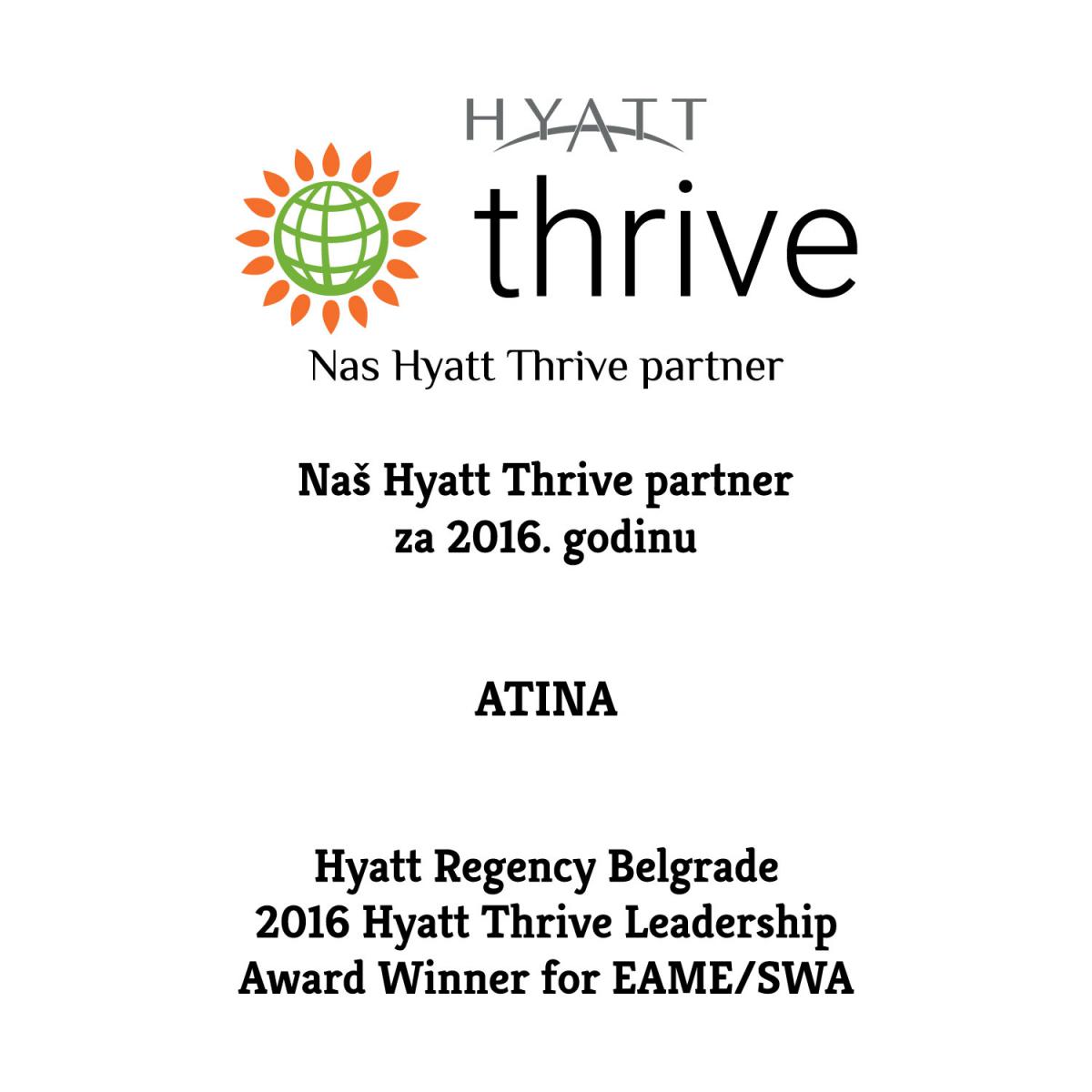
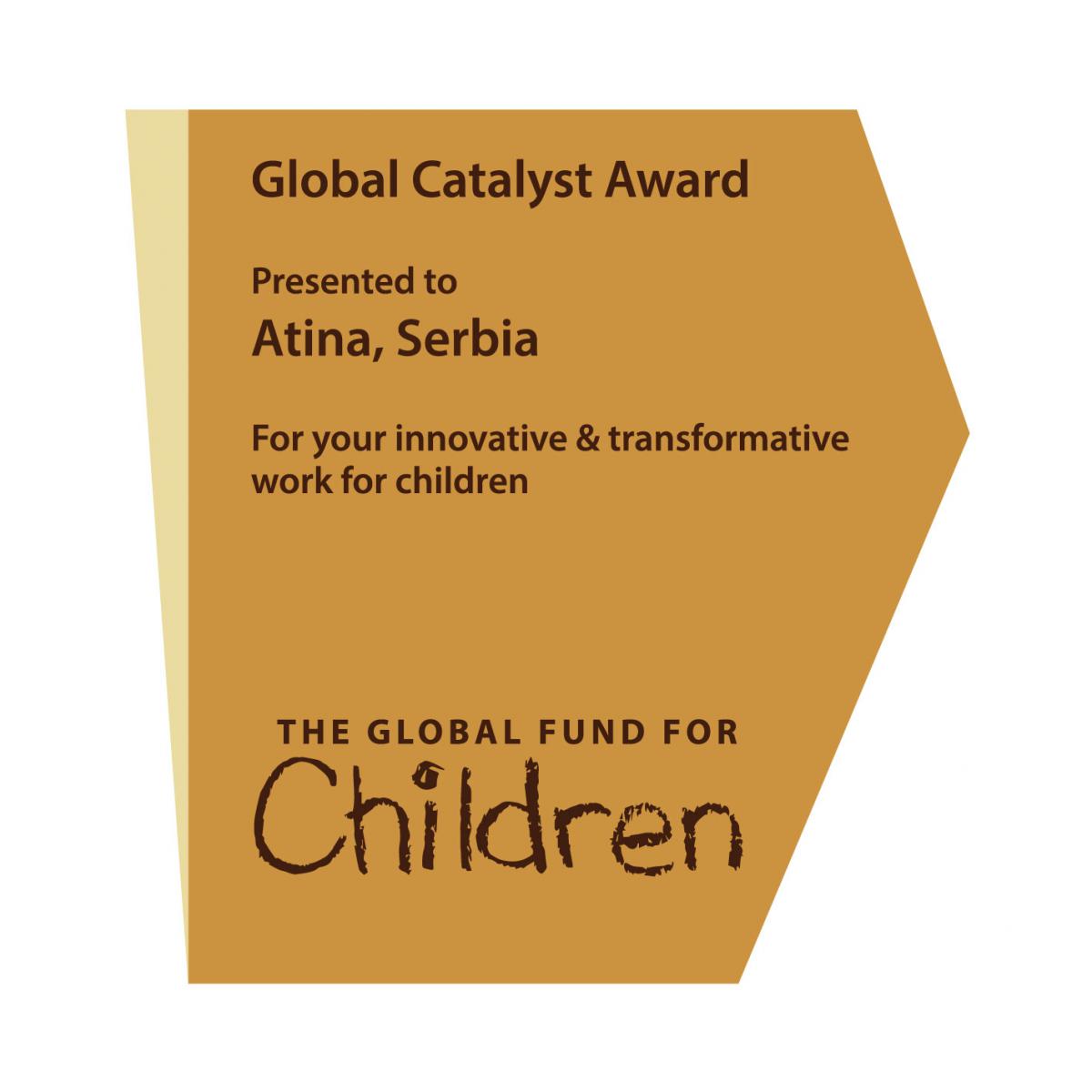
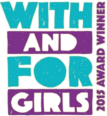
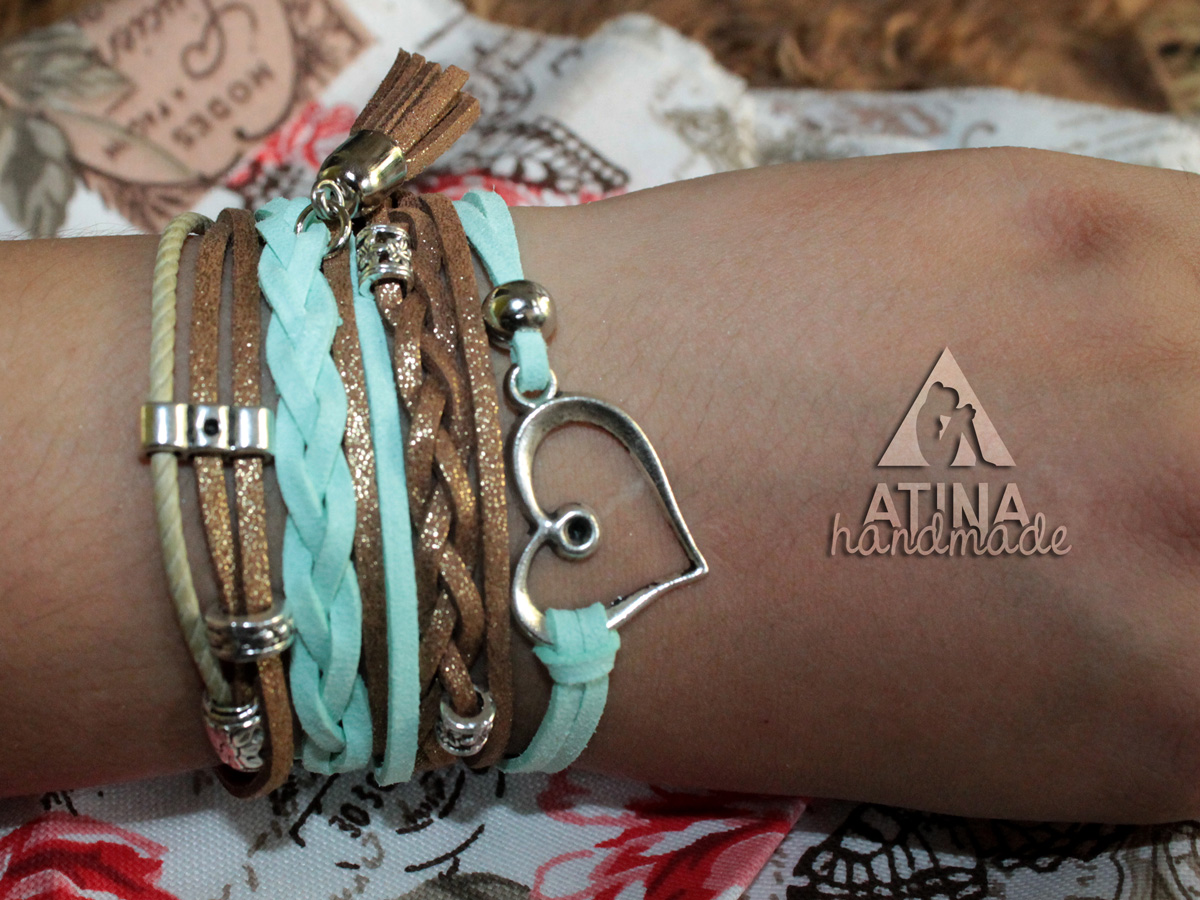







 FACEBOOK
FACEBOOK TWITTER
TWITTER YOUTUBE
YOUTUBE